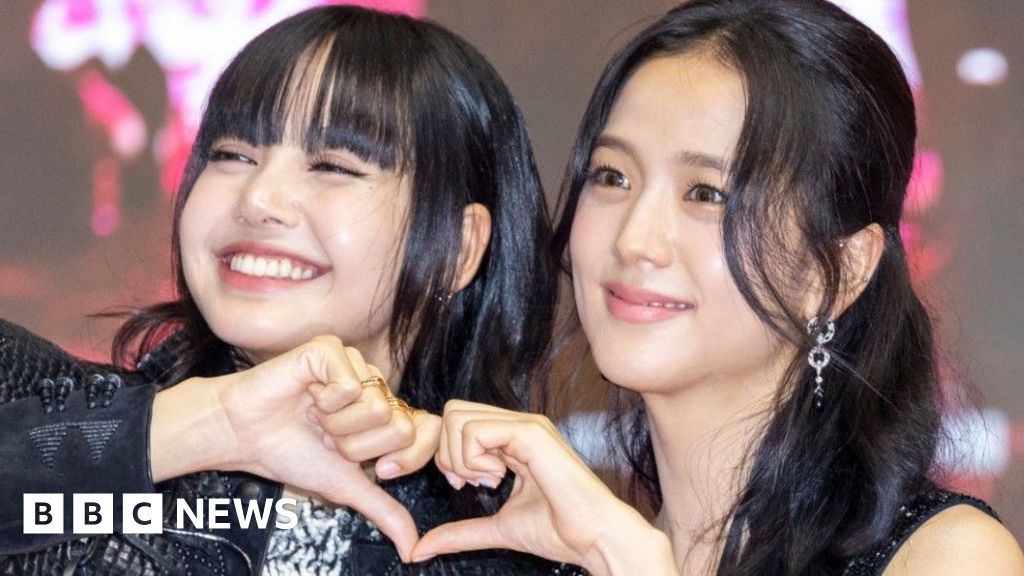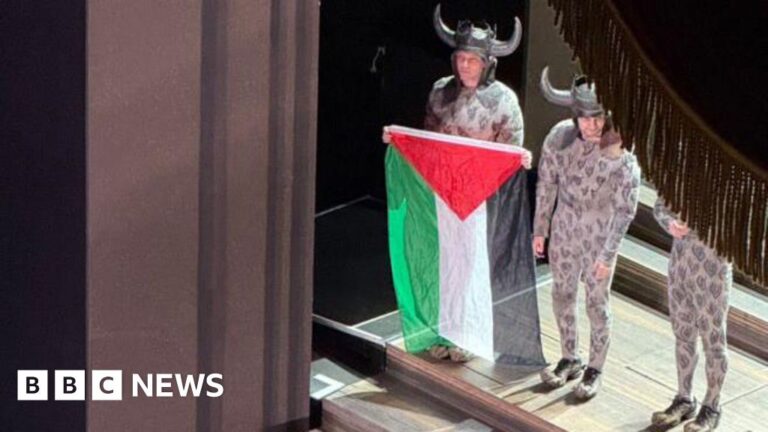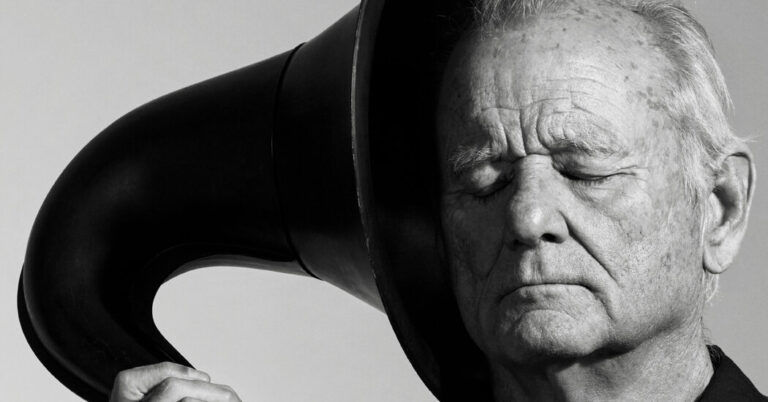Here is the plain text result:
Evan Barringer was 14 years old when he stumbled onto Full House, a South Korean romcom where two strangers are forced to share a house. Sitting in his house in Memphis, he hit play assuming it was an Asian remake of a beloved American sitcom from the 1980s. It wasn’t until the third episode that he realised they had nothing in common save the name. But he was hooked.
That accidental choice changed his life. Twelve years on, he is an English teacher in South Korea – and he says he loves it here: “I have got to try all the foods I’ve seen in K-dramas, and I’ve gotten to see several of the K-pop artists in concerts whose lyrics I used to study Korean.”
When Evan discovered Full House in 2012, South Korean entertainment was a blip in the world’s eye. Psy’s Gangnam Style was the best-known Korean pop export at the time.
Today, there are more than an estimated 220 million fans of Korean entertainment around the world – that’s four times the population of South Korea. Squid Game, Netflix’s most popular show ever, has just returned for a much-anticipated second season.
How did we get here?
The so-called Korean Wave swept the world, experts say, when the success of streaming met American-inspired production value. And Korean entertainment – from pop music and mushy dramas to acclaimed hits built around universal themes – was ready for it.
BTS and Blackpink are now familiar names on the global pop circuit. People are swooning over sappy K-dramas from Dubai to India to Singapore. Overseas sales of all this Korean content – including video games – is now worth billions.
Last month, after 53-year-old poet and novelist Han Kang won the Nobel Prize for her literature, online boards were full of memes noting South Korea’s “Culture Victory” — a reference to the popular video game series Civilisation.
And there were jokes about how the country had achieved the dream of founding father Kim Koo, who famously wrote that he wished for Korea to be a nation of culture rather than might.
As they work their way through the recommendations, fans are immersed in a world that feels foreign yet familiar – one that eventually includes kimchi jiggae, a spicy kimchi stew, and kalguksu, a seafood and kelp noodle broth.
When Mary Gedda first visited South Korea, she went looking for a bowl of kimchi jjigae, as she had seen the stars do on screen numerous times.
For Mary, food was a big part of the appeal because she saw such a variety of it on K-dramas. Seeing how characters build relationships over food was familiar to her, she says, because she grew up in the French countryside in Burgundy.
But there is also the promise of romance, which drew Marie Namur to South Korea from her native Belgium. She began watching K-dramas on a whim, after visiting South Korea, but she says she kept going because she was “pretty much attracted to all those beautiful Korean men”.
But it is Korean women who are writing most of these shows – so it is their imagination, or fantasy, that is capturing the interest (and hearts) of other women across the world.
In Seoul, Marie said she was “treated like a lady”, which hadn’t happened “in a very long time”, but her “dating experience is not exactly as I expected it to be”.
“International fans are often looking for an alternative world because of disappointment with their own society, Prof Chung says.
The prim romances, with handsome, caring and chivalrous heroes, are drawing a female audience turning away from what they see as hypersexual American entertainment. And when social inequality became a stronger theme in Korean films and shows – such as Parasite and Squid Game – it attracted global viewers disillusioned with capitalism and a yawning wealth divide in their countries.
The pursuit of a global audience has brought challenges as well. The increasing use of English lyrics in K-pop has led to some criticism. And there is now a bigger spotlight on the industry’s less glamorous side.
Source link




